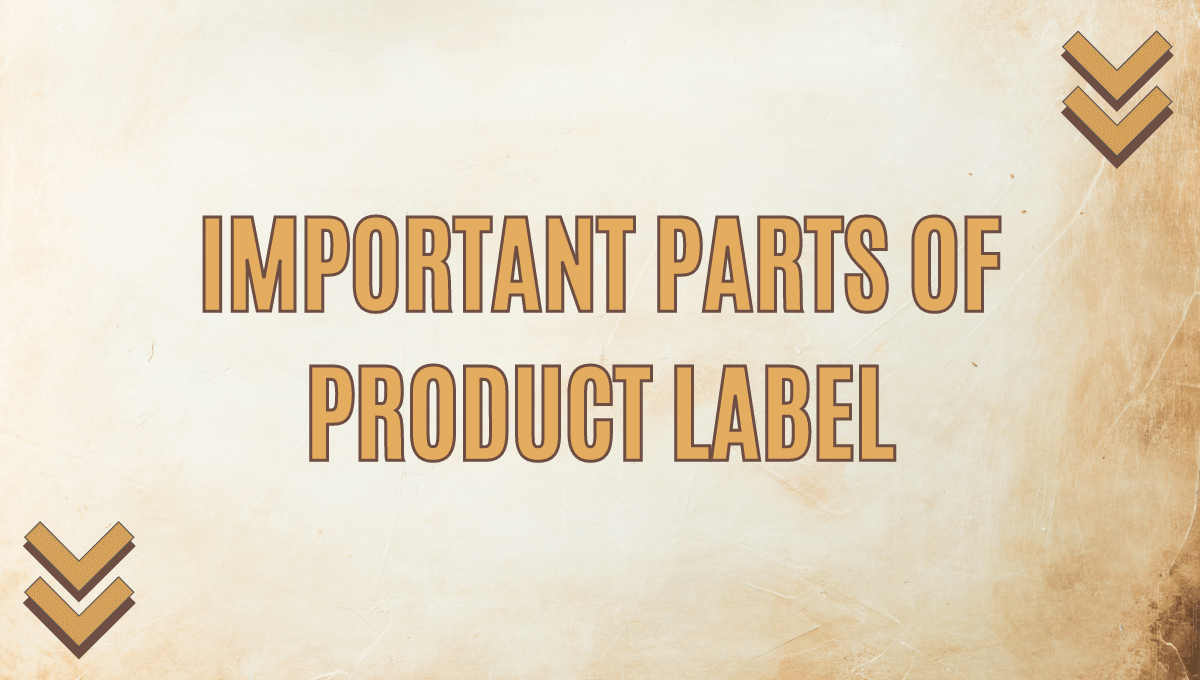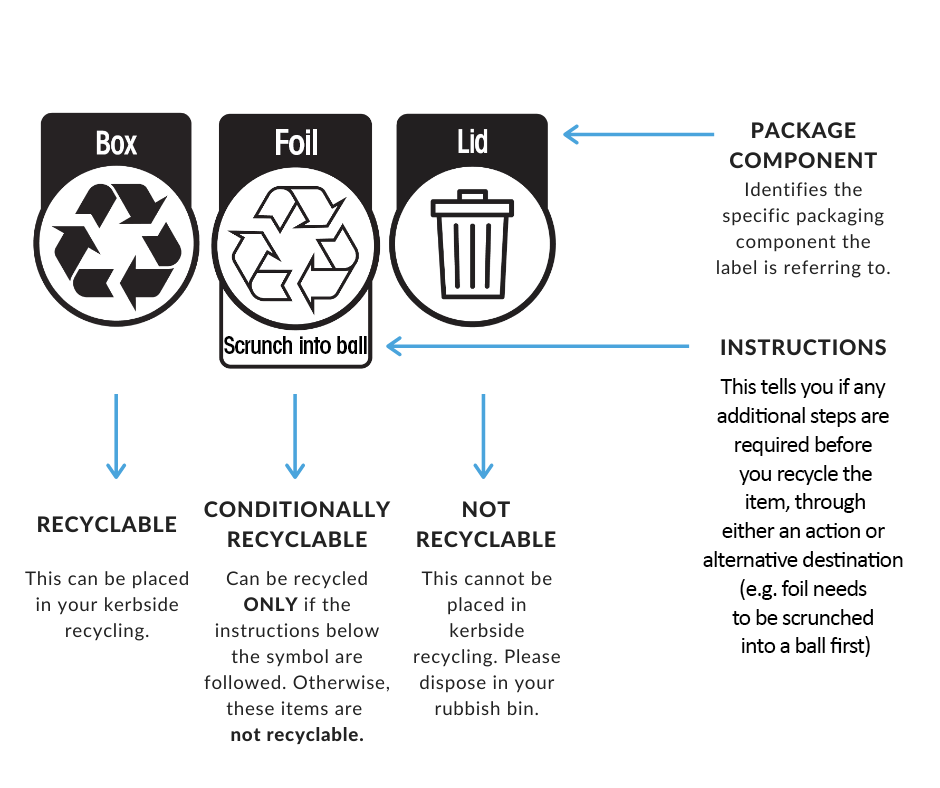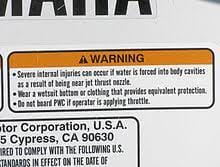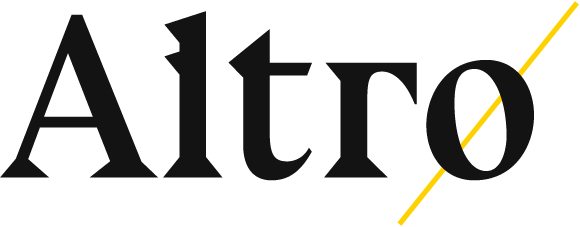Most Important Parts of a Product Label

Product labels are evolving.
They are not just paper or stickers used to enhance your product's aesthetic. It's where you print your logo, brand name, and other details to ensure your message gets across your ideal audience.
So when your product is on retail store shelves, your audience picks them. Your product label educates them.
They can't resist purchasing it.
The label should tell your customers what's in it for them.
Why should they purchase the product?
Most of the labels contain detailed information which compels shoppers to purchase it.
So, how can you make your product label attractive? What are the most crucial parts of a product label you must add?
In this article, we'll discuss it in detail, to make your product label suitable for your target audience.
Ready to know the most important parts of your product labels?
Keep reading.
Most Important Components To Include On Your Label
Making an attractive label is important. But is that enough?
No.
Your label should educate and inform the audience.
Label = Attractive + Informative + Educate
But here are some more crucial parts of your product label. When making a product label, you should keep these parts in mind.
1. Name Of Your Brand
How can people know who is selling products to them?
Name of brand = Tells people who you're
Customers will purchase your product through this name, recommend it to others, and keep coming back.
Don't make your brand name extremely large or microscopic on the label. Instead, find the sweet spot.
How can you do that?
By knowing about your target audience.
If your product is for people aged 40 to 70, they might have vision issues. You should opt for larger fonts to avoid these minor problems.
Ensure you're using a font that tells your customers about your brand. Remember that:
Brand name ≠ Company name
Your brand name can be different from your primary company name.
2. Include Name Of Product
Are you selling cosmetics?
Or maybe you're selling tasty candies.
But the real question is, how will people know that you're selling that item?
Through product labels.
The shape of the product label plays a great role in that. Moreover, the name of the product should be on the product label. Don't confuse your customers; tell them clearly about your product through a label.
Let's suppose you're selling oil.
- What type of oil is it?
- Is it olive oil?
- Is it canola oil?
You should also add infomation about your product, such as the grade of your oil and specific details.
It will tell people exactly what they are getting and what they should look forward to. Remember, these seemingly small details will make your product audience's favorite.
3. Add Size Of The Packaging
Nowadays, people are becoming extremely health conscious. According to stats, 50% of Americans actively eat healthy food. They focus not just on what they are eating but also on how much they are eating and when they are eating.
It means you should clearly mention the size of the packaging and the product. Utilize product labels to do that.
It can either be 50 gallons or simply 8 oz. It's important to list sizes in English as well as metric units.
You might wonder, is including both important?
Yes. You must include both.
4. Make Eye-catching Design & Layout
The visual appeal of your product label is so crucial. But why?
Imagine you see two products in a retail store.
- The first one has an extremely boring design and unreadable font.
- Meanwhile, another product offers the same thing, but the design is extremely eye-catching, in readable font with proper details.
Which one will you choose?
Most probably the second one. This is the power of using amazing designs that are hard to ignore.
Strategically place all the information on your design packaging to make it a consumer-friendly label.
5. Barcode Is A Must
If you're selling your product in stories, then a barcode is a must. This barcode is also known as the UPC. You can scan the code, and it makes the product identifiable.
Due to technological advancement, people are adding QR codes instead of barcodes.
By scanning a barcode, you get the information related to the product, such as its origin, batch information, etc.
6. Inform By Adding Nutritional Information

Source: world.openfoodfacts
Adding nutritional content information is required by the FDA. If you're selling food items, then you shouldn't ignore this. There are two ways to gain nutritional information.
- Add all the supplier's nutritional information in accurate percentages.
- Ensure every percentage is accurate by doing your nutritional testing of the finished product.
6. Series Name or Batch Numbers
Series name tells customers whether the product is a part of the series or collection. It also indicates whether it's a part of a small production shown with a complete batch number.
It creates a feeling that the product is special and isn't a product for everyone.
Thus giving it a premium feeling.
Often, companies use this technique and create such products to appear more premium and desirable.
7. Company Information
Suppose a customer purchases your product. They love it. Now they want to know more about your company and products.
How will they do it?
By contacting you or searching on social media. That's why you should add your company:
- Name
- City
- State
- Zip code
- Phone number
- Communication channels
It's not only useful when customers want to appreciate your product but also when they have queries related to your product. It ultimately provides a better customer experience, which improves your brand recognition.
8. Certifications
Every company has certification, but is it really important to add them?
Yes.
Because that's how you position yourself as a credible business in the industry.
Examples include the USDA Organic seal or Non-GMO Project Verified label, signifying adherence to specific standards.
Likewise, every industry has different certifications. There's another certification provided by:
- Forest Stewardship Council
- Sustainable Forestry Initiative
These are provided to companies that implement sustainable practices in their business. According to stats, customers are more inclined to purchase from sustainable brands. If you've FSC or SFI certification, don't skip the opportunity to use it on your product labels and tell customers about it.
9. Recycling Information

Source: recyclingnearyou
Due to the increase in pollution and plastic waste, it's more important than ever to consider adding recycling information to your product labels. You can encourage customers to adopt healthy recycling habits and increase awareness through product labels.
10. Cooking or Food Preparation Instructions
Suppose you're selling a food item that is ready to cook. Don't assume that 10/10 shoppers know how to use it.
Then what should you do?
You should add step-by-step instructions on the product labels. Tell them the best way to cook it, the degree of heat, additional tips, how much time it'll take to cook it perfectly, and much more.
11. Expiration Date
FDA has made a compulsory requirement to add Use By data details on products like infant formula.
But what is this date for?
The data indicates that the product will no longer contain the minimum number of nutrients mentioned in the product label.
The data term Best if Used By is used for various consumer products such as medicines and packaged food. It tells the date by which the product's quality is ideal.
12. Warning Labels

Source: wikipedia
Health and safety warnings are extremely important. You should add age restrictions to tell people whether a product is good for a certain age group.
LEGO includes age recommendations and safety precautions on its toy packaging.
There are health and safety warnings, so people with allergies and health-conscious people don't face any difficulty. It includes phrases such as:
- Contains caffeine.
- It is not suitable for individuals with peanut allergies.
13. Marketing Elements
Branding elements contribute to an increase in the market presence of products. By adding these, you're making your brand easily recognizable to your target audience.
Many big companies are already doing this.
The big logo of Coca-Cola on its packaging is a crucial marketing element. Likewise, you can also add relevant elements to your product label.
Innovative Ways To Improve Your Product Labels
Now that you know about the most crucial parts of product labels, let's look at some innovative approaches to take your product labels to the next level.
- Smart Labels: Some companies have embraced smart labeling technologies, like QR codes or RFID tags. Thus, their smartphones provide consumers with access to detailed information, product origins, and additional resources.
- Augmented Reality (AR): Brands like IKEA have incorporated AR into product labels. It allows customers to visualize how furniture items look in their homes before purchasing.
- Multilingual Labels: Companies are adopting multilingual labels to cater to diverse markets. Thus, product information is accessible to a wider audience and complies with international standards.
Ending Thoughts
Your label should give all the necessary information to your customers. Effective product labeling can take your product to the next level.
Brands use it to educate their customers, thrive in their business, and set themselves apart from the competition. It ultimately improves brand awareness and credibility.
So, you should first consider what you want to accomplish with product labels and then choose the appropriate parts you must add to your label.
But all the research and careful analysis can go in vain.
Do you know why?
It's because of poor printing. Altro Labels is here to change that and provide premium product labeling services. Contact us today and get help from printing experts.
